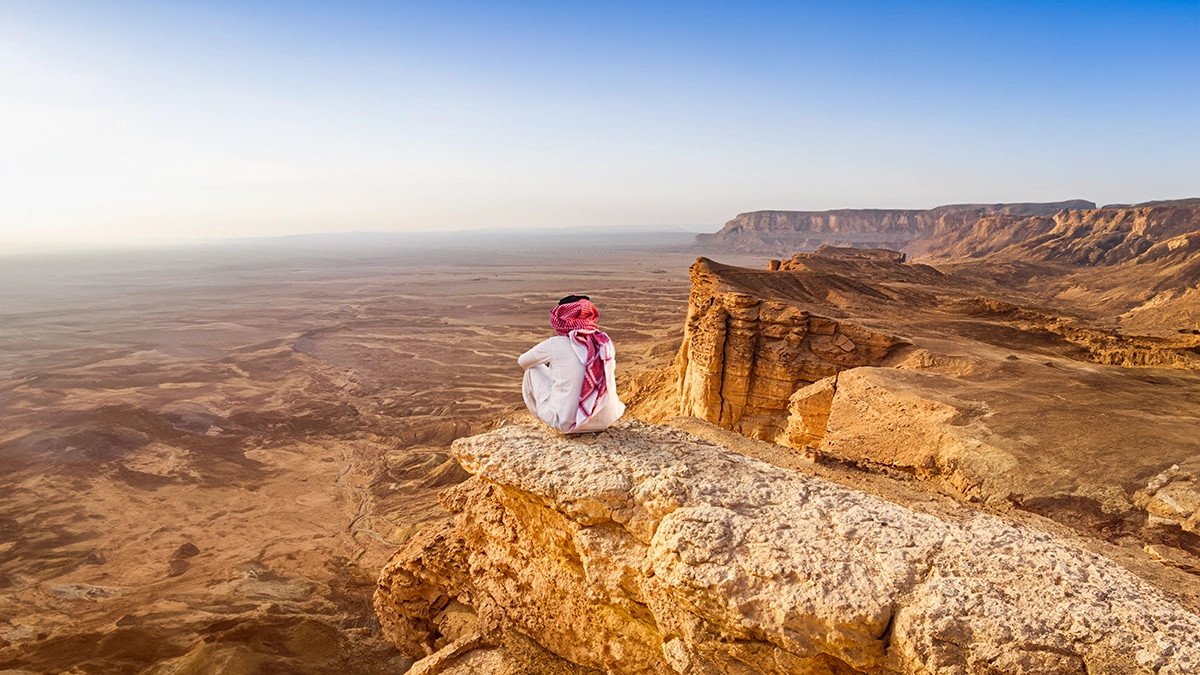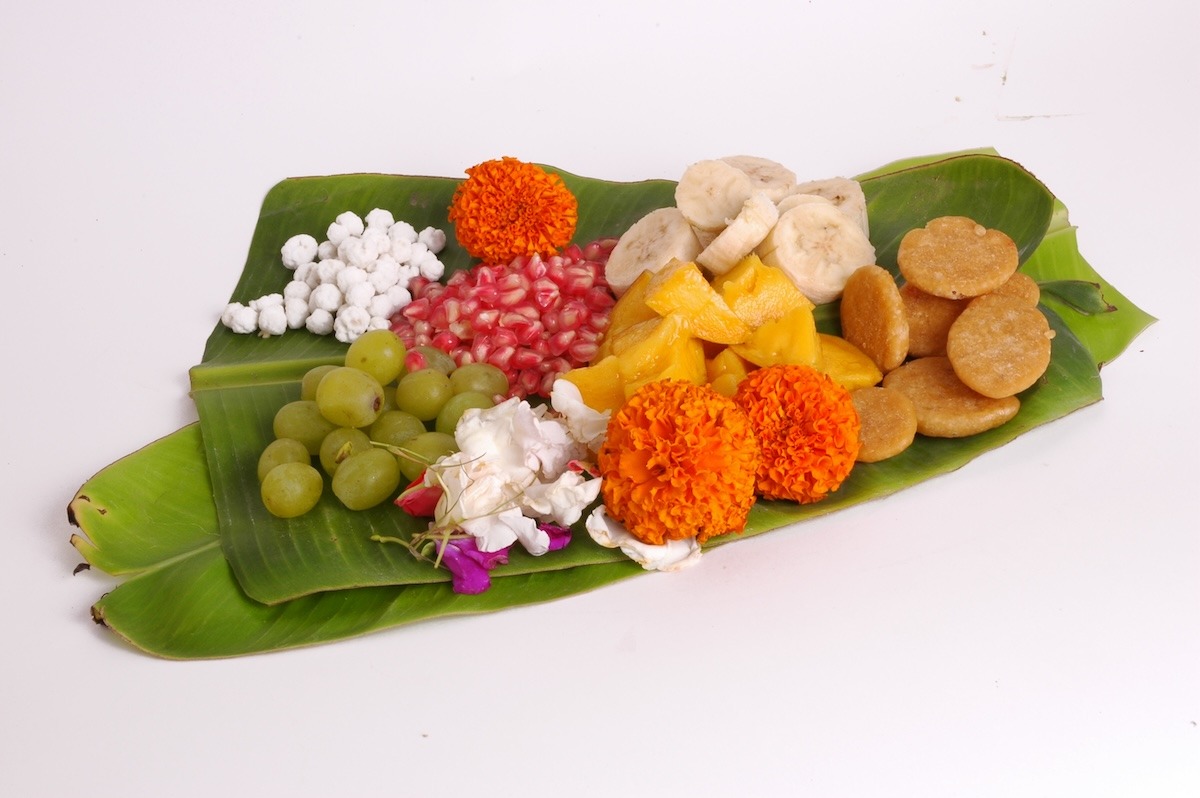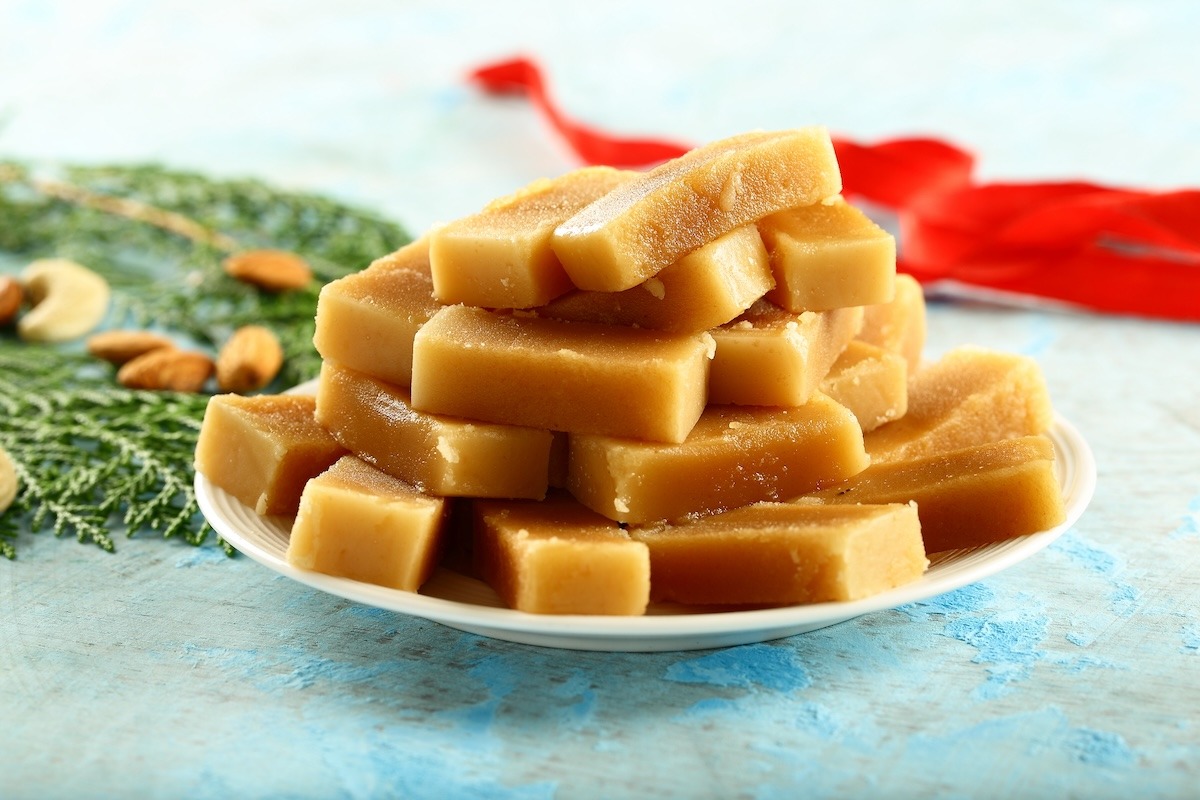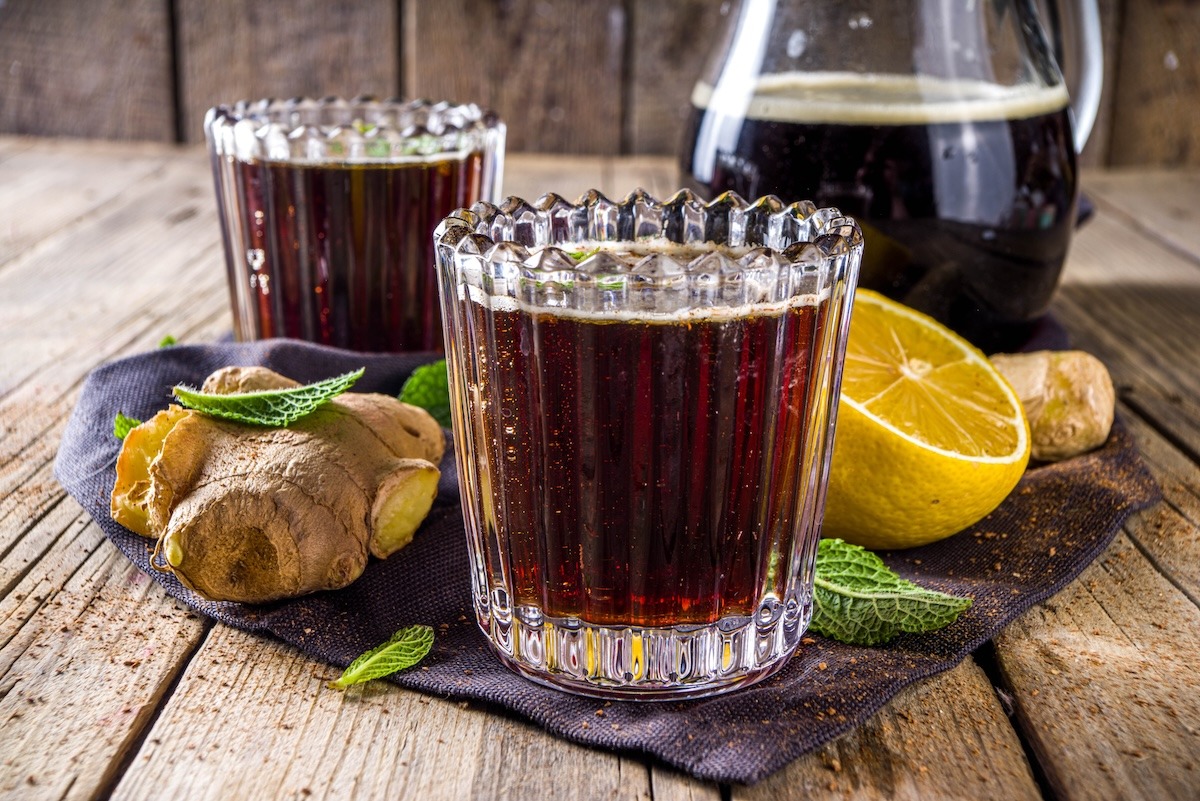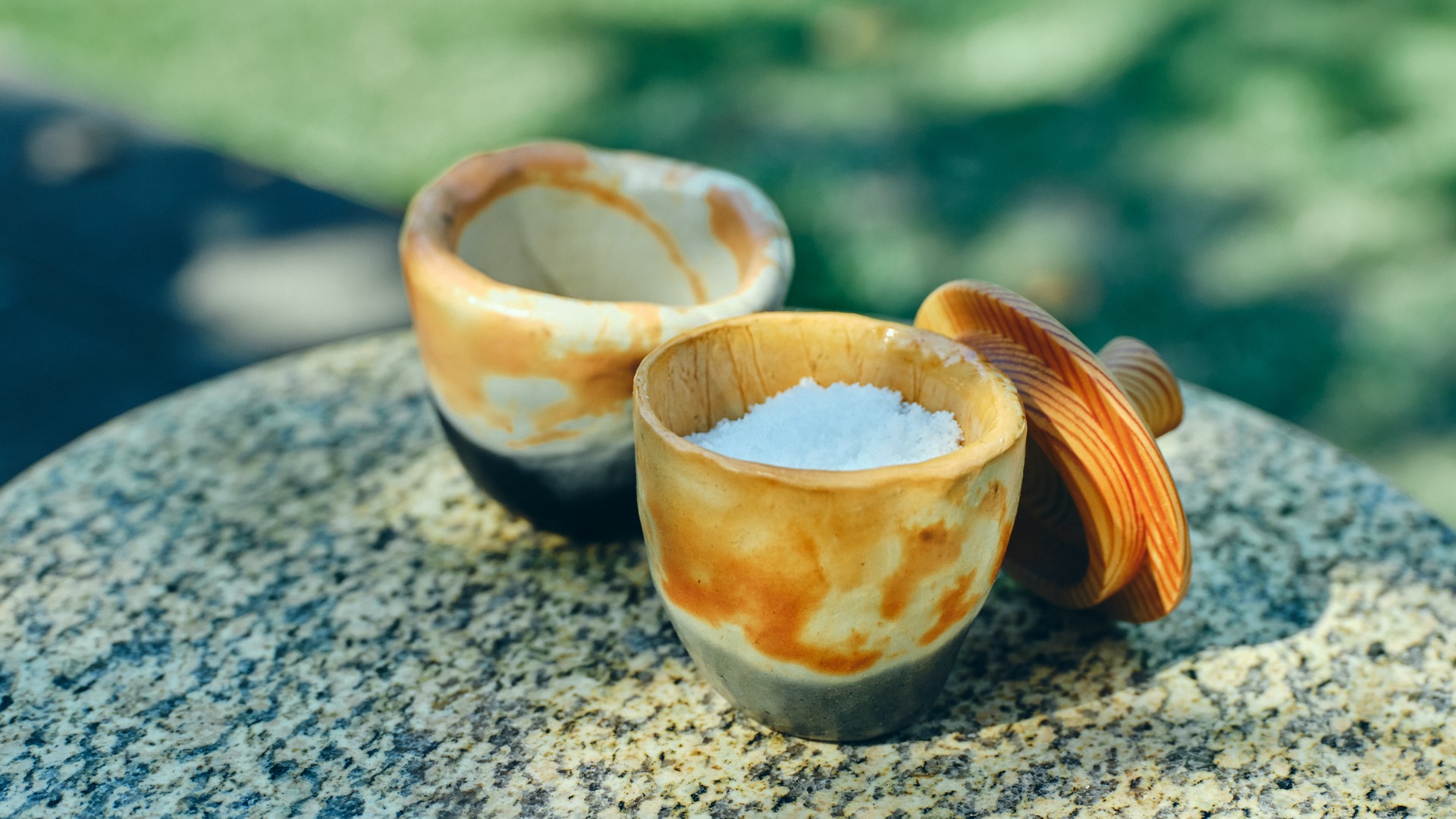As the calendar flips to April, a wave of divine festivity washes over India, bringing with it the jubilant celebration of Rama Navami. This auspicious occasion, commemorating the birth of Lord Rama, is observed with great enthusiasm and reverence across the country. However, beyond the spiritual prayers and rhythmic chants, Rama Navami unfolds a magnificent tapestry of culinary traditions, offering a panoramic view of India’s rich gastronomic heritage.
Join us on a tantalizing tour across the vivid landscapes of India, as we dive into the heart of Rama Navami celebrations. Discover the dishes that have been passed down through generations, and explore how every region lends its unique flavor to this festival. From the sweet serenity of Panakam in the south to the savory splendor of Chana Masala in the north, every bite tells a story of devotion, culture, and unbridled joy.
The Essence of Rama Navami: A Festive Prelude
Rama Navami, celebrated on the ninth day of the Chaitra month in the Hindu calendar, marks the birth of Lord Rama, the seventh avatar of Vishnu. It’s a day steeped in religious significance, observed with fasting, bhajans, and reading of the Ramayana. Yet, it’s the feast after the fast that brings an eruption of flavors.
The festival cuisine, deeply rooted in Ayurvedic principles, is designed to rejuvenate the body after the fast. It’s a harmonious blend of flavors, nutrition, and spirituality. The food prepared on this day is considered Prasad, a holy offering to the deity, which is shared among family and friends as a blessing.
A Gastronomic Map: Regional Flavors of Rama Navami
In the sprawling tapestry of India’s geography, each region embroiders Rama Navami with its local hues. Here is a glimpse into how different parts of India celebrate this festival through food.
South India: The Land of Sweet Nectar
In the southern states, Rama Navami is synonymous with Panakam, a sweet drink made of jaggery, lemon, and cardamom. This refreshing beverage, along with Neer Mor and Kosambari, a type of salad, are traditional offerings that cool the body in the summer heat. Temples and households alike buzz with the preparation of these delicacies, symbolizing a blend of taste and tradition.
North India: A Savory Symphony
Moving up to the northern plains, the festival takes a savory turn. Chana Masala, paired with Pooris, dominates the feast. The humility of Halwa as a sweet dish complements the meal, encapsulating the essence of devotion and celebration. In Ayodhya, the birthplace of Lord Rama, the entire city partakes in a grand celebration, with food playing a central role in the festivities.
West India: A Crunchy Twist
In Maharashtra and Gujarat, communities come together to prepare Shrikhand and Puri, adding a crunchy twist to the festival with Sabudana Vada. The preparation of these dishes is a communal affair, reflecting the collective spirit of the festival.
East India: Fragrant Offerings
In the eastern states, especially West Bengal, Rama Navami sees the preparation of Bhog. Rice and Moong Dal Khichdi, mixed with assorted vegetables and ghee, are offered to Lord Rama. This simple yet divine preparation highlights the minimalist philosophy of eastern Indian festivals.
Recipe Corner: Traditional Rama Navami Delicacies
Panakam – The Divine Elixir
A quintessential Rama Navami drink, Panakam, is known for its cooling properties. It’s made with jaggery, water, cardamom, and a touch of ginger, serving as both a refreshing beverage and a traditional offering.
Chana Masala and Poori
This duo is a popular feast in North India post the Rama Navami fast. The spicy and tangy Chana Masala paired with fluffy Pooris makes for a fulfilling meal that transcends mere sustenance to become a celebration of flavors.
Sabudana Vada – The Crunchy Delight
A favored snack in Western India during fasting periods, Sabudana Vada is a crispy, deep-fried patty made from sago pearls, potatoes, peanuts, and spices, capturing the festive spirit in each bite.
Neer Mor & Kosambari – The Cooling Combo
These South Indian staples, a spiced buttermilk and a moong dal salad, are not just easy on the palate but also on the digestive system, making them perfect post-fast foods.
Vibrant Festivals: The Spirit of Rama Navami Across India
The celebration of Rama Navami extends beyond the culinary realm into vibrant festivals that showcase India’s rich cultural tapestry. The Ram-Leela, dramatic folk re-enactments of the life of Lord Rama, captivates audiences with its profound storytelling and vivid portrayals. Ayodhya, the birthplace of Lord Rama, transforms into a spectacle of devotion, with pilgrimages, processions, and the entire city echoing chants of Ram Dhun.
Practical Information for Travelers
Experiencing Rama Navami in India is a journey into the heart of Indian culture and spirituality. Here are some practical tips for travelers looking to be part of this auspicious occasion:
- Timing: Rama Navami falls on the ninth day of the Chaitra month in the Hindu calendar, typically in March or April. Check the exact dates before planning your visit.
- Accommodation: Cities like Ayodhya, Varanasi, and Bhadrachalam see a surge in visitors. Booking in advance is recommended to secure your stay.
- Dress Code: Opt for modest attire when visiting temples and participating in processions, respecting the local customs and traditions.
- Local Interaction: Engage with locals to learn more about the festival’s significance and immerse yourself fully in the celebrations.
- Food: Embrace the festive flavors! Rama Navami is the perfect time to explore the vegetarian culinary delights that India offers.
From the grandeur of temple ceremonies to the simple joy of sharing a meal, Rama Navami binds the country in a tapestry of devotion, tradition, and communal harmony. It offers an invitation to experience the unity in diversity that is India, a journey that is as enriching for the spirit as it is for the senses.
